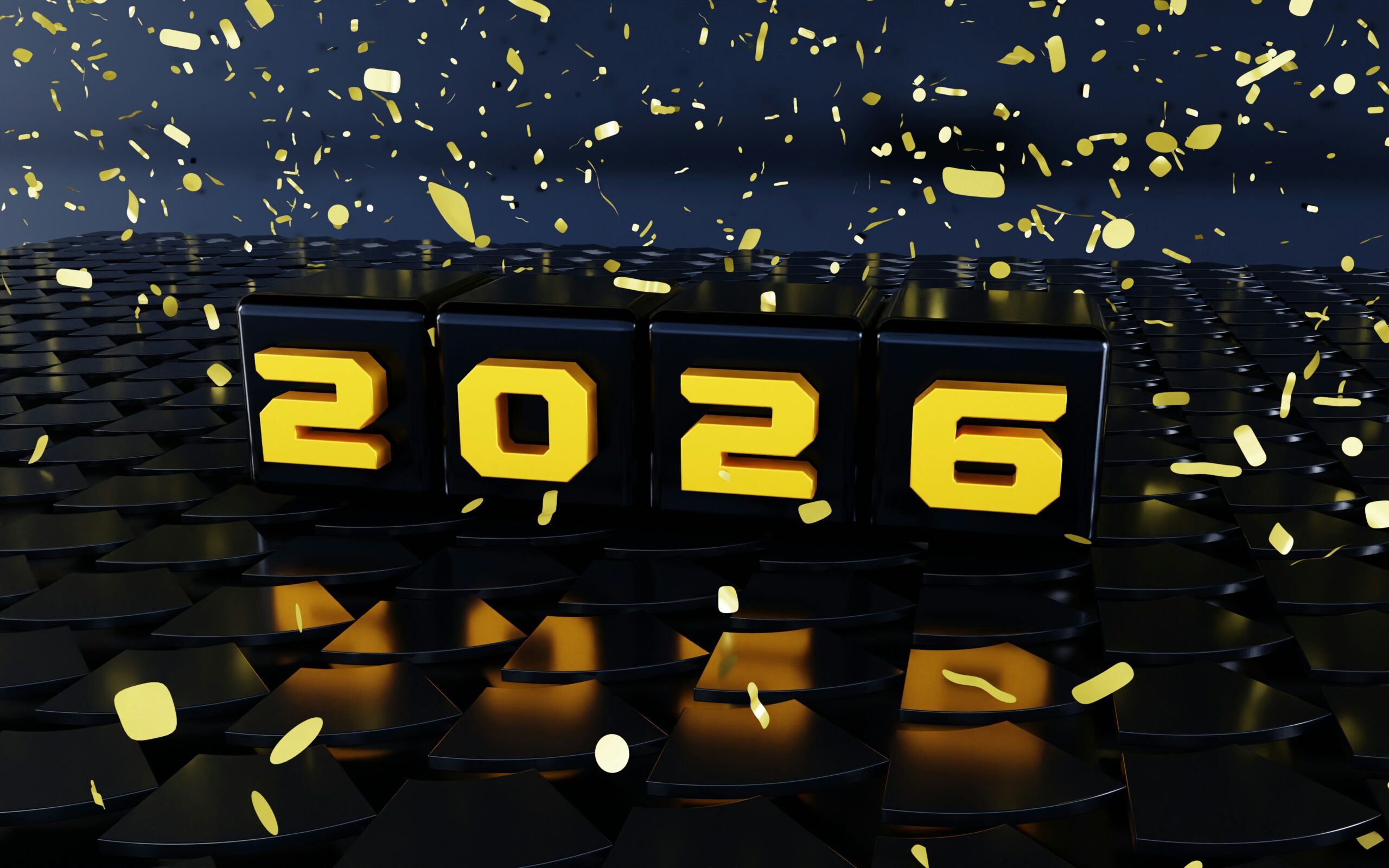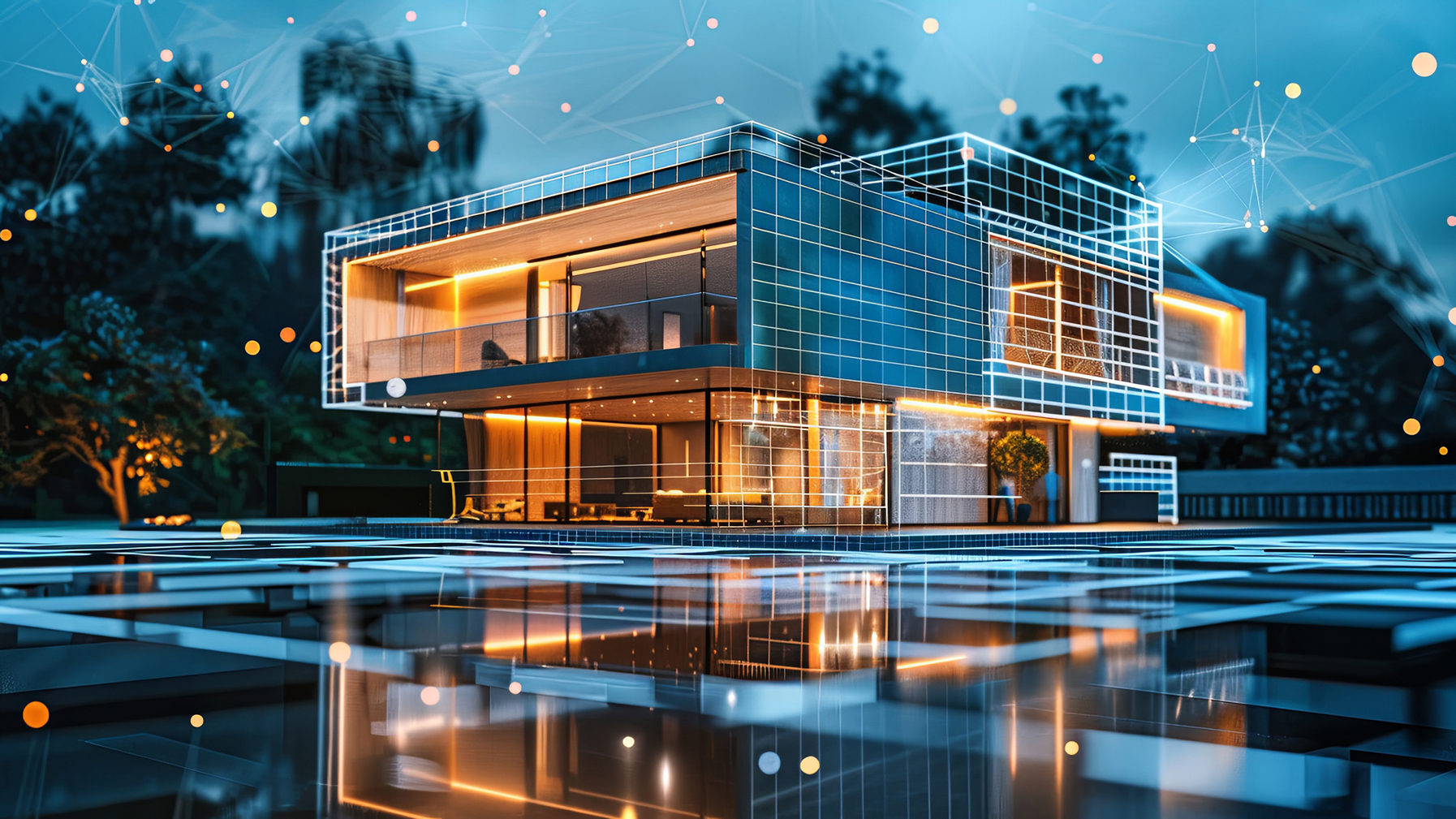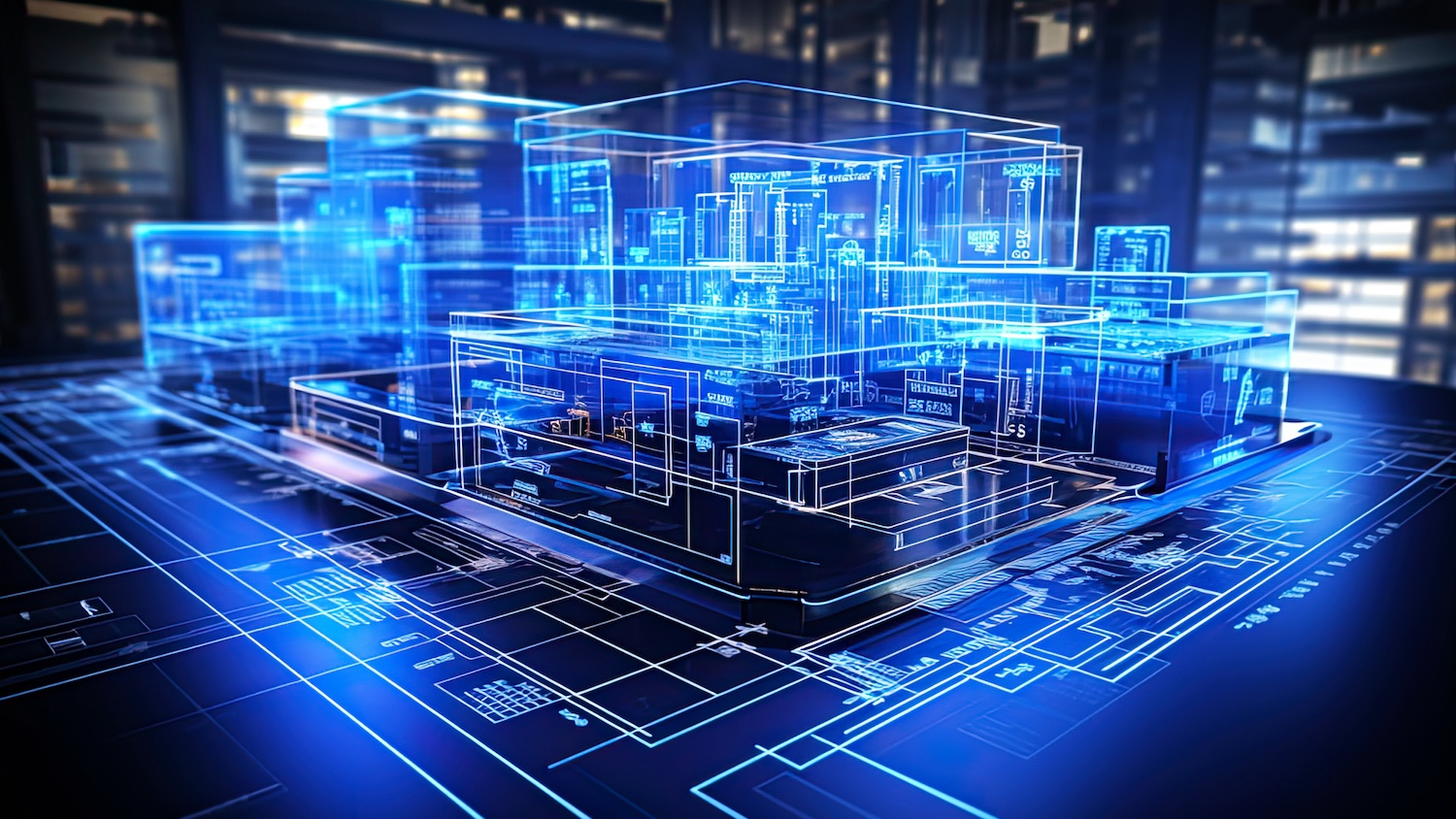
RIBA’s AI futures: The good, the bad and the unchanged
RIBA’s latest white paper on the future of architecture focuses on AI, imagining three different future scenarios for the technology. Available only to RIBA members, DC+ was able to get an exclusive look.

Artificial Intelligence: The unreliable outlier driving the future of architecture, published as part of RIBA’s Future Business of Architecture programme, surveyed members on how they thought AI would impact architecture within the next decade.
For the faint-hearted, the report concludes with the line: “There will always be a role for the profession”.
The white paper argues that if the profession, and society, can get to the “good” scenario, this could “renew an emphasis on human values”, including ethics and originality of design.
And while previously the value of good design has been difficult to capture and reward properly, AI could begin to address this as it measures whole-life outcomes of a building at the design stages.
Survey highlights from the RIBA members
67% said digital and tech innovation would positively impact future business.
59% of practices use Al for at least the occasional project, up from 41% last year.
Practices never using Al dropped from 59% to 41% from last year.
53% expect their practice to have an Al policy within the next two years
47% anticipate investment in Al research and development.
88% thought AI would become more important, ahead of business development 61%, and client engagement 51%.
Other tech activities will gain importance, such as BIM and data analysis, suggesting that Al will develop from, rather than replace, them.
The report has been co-written by Helen Castle, director for publishing and learning content at RIBA, and Adrian Malleson, head of economic research and analysis.
Castle said, “although architects feel that AI will become increasingly more important by 2035, they don’t believe that it will lead to a demise in the demand for soft skills and business development”.
“Quite the reverse in fact, the ascendance of AI will lead to human relationships, communication skills, ethical decision-making and critical thinking taking on even greater significance for the future business of architecture.”
The white paper argues AI is just the latest in a long line of innovation from the printing press to CAD, and BIM to digital twins. It argues that tech innovation has not “passively happened” to UK architecture – the sector has “led on and shaped” it.
It finds that BIM landed with a bang and has delivered huge benefits, such as the golden thread, but many “prodigious” promises are still unfulfilled. However, BIM’s journey illustrated how new technology could be rapidly developed and taken up, especially with legislative backing. Some see BIM as a necessary forerunner to AI.
Like all good futurology, the white paper looks ahead with a nod to the past. The “bad” scenario imagines what might happen if the impact of AI is as great as that of the Industrial Revolution.
This predicts a wild west with rapid increases in inequality, endemic unemployment and the hollowing out of the middle classes, wealth concentrated in a few global tech companies, and the climate emergency accelerating as fossil fuels are burned to fuel greedy AI.
In this scenario, the paper writes: “AI, as a superior intelligence, begins to treat people very much like we have treated other species of lesser intelligence – an exploitable resource.”
AI impact on the plan of work framework
78% predict Al will have a transformational, significant or moderate impact
Stages 2 to 4 are expected to be most affected.
Stage 2 is most likely to become fully automated.
Stages O and 1 and the construction stage are also expected to be significantly affected by AI.
Handover is likely to be least affected with nearly half expecting minimal or no effect.
Here, architecture is “broken down into a series of AI-system executable tasks”, so there are “no intellectual monopolies left for people”, and the “grand bargain of the profession” is broken down. Architects would become more like watchdogs of AI, perhaps taking on legal or ethical responsibilities.
However, while AI makes building design much cheaper, an opportunity could arise for high-end, human-crafted architecture – in much the same way as we have designer bags and clothes today – where architects brand their buildings.
Renewed value could be seen in human-created products, similar to the arts and crafts movement that emerged in reaction to the Industrial Revolution.
Same horizon
The second scenario imagines a world very similar to today, largely unchanged, where AI improves some tasks, and is a useful tool. It may displace some more junior roles; however, true general intelligence never develops.
The huge investment and environmental costs, combine with unanswered questions about ethics and where the liability and responsibility lie, and it turns out “design thinking and human creativity… remain irreplaceable”.
The third “good” scenario sees the “immense technical promise” of AI “largely realised”. Intelligence becomes unlimited with new medicines and building materials developed, global wealth develops exponentially, and while jobs are displaced, they are replaced with more fulfilling roles. Architecture projects become safer, more harmonious, with better design creativity and improved collegial relationships.
Mark Greaves, in his RIBA report Architecture in the age of AI describes four signposts to show the sector is on the “good” path to treasure. AI needs to acquire professional specialist knowledge and make human-like decisions, weighing context and sensitive and incomplete data. It needs to be able to integrate into business to speed up tasks, and the questions around who takes professional and ethical responsibility need to be answered.
Keep up to date with DC+: sign up for the midweek newsletter.



